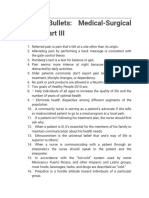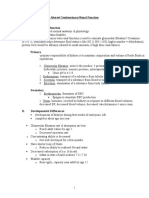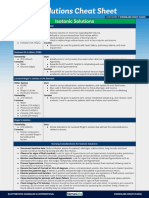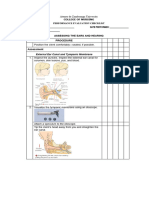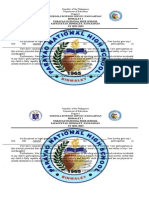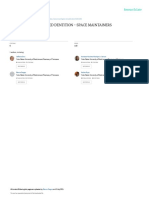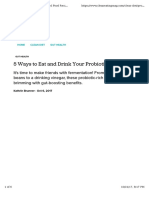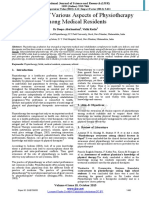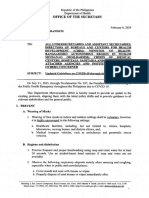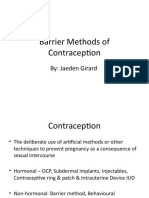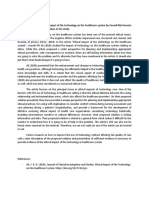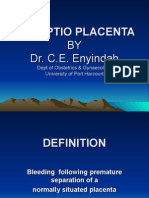0% found this document useful (0 votes)
82 views40 pagesModule 4 - Ensuring Safe Injection
The document discusses guidelines for ensuring safe injections and proper disposal of medical waste from immunization sessions. It describes principles of vaccine safety, safe injection practices, needle handling demonstrations, safety box use, and procedures for disposing of used syringes and needles.
Uploaded by
Phoebe PitallanoCopyright
© © All Rights Reserved
We take content rights seriously. If you suspect this is your content, claim it here.
Available Formats
Download as PDF, TXT or read online on Scribd
0% found this document useful (0 votes)
82 views40 pagesModule 4 - Ensuring Safe Injection
The document discusses guidelines for ensuring safe injections and proper disposal of medical waste from immunization sessions. It describes principles of vaccine safety, safe injection practices, needle handling demonstrations, safety box use, and procedures for disposing of used syringes and needles.
Uploaded by
Phoebe PitallanoCopyright
© © All Rights Reserved
We take content rights seriously. If you suspect this is your content, claim it here.
Available Formats
Download as PDF, TXT or read online on Scribd
/ 40
